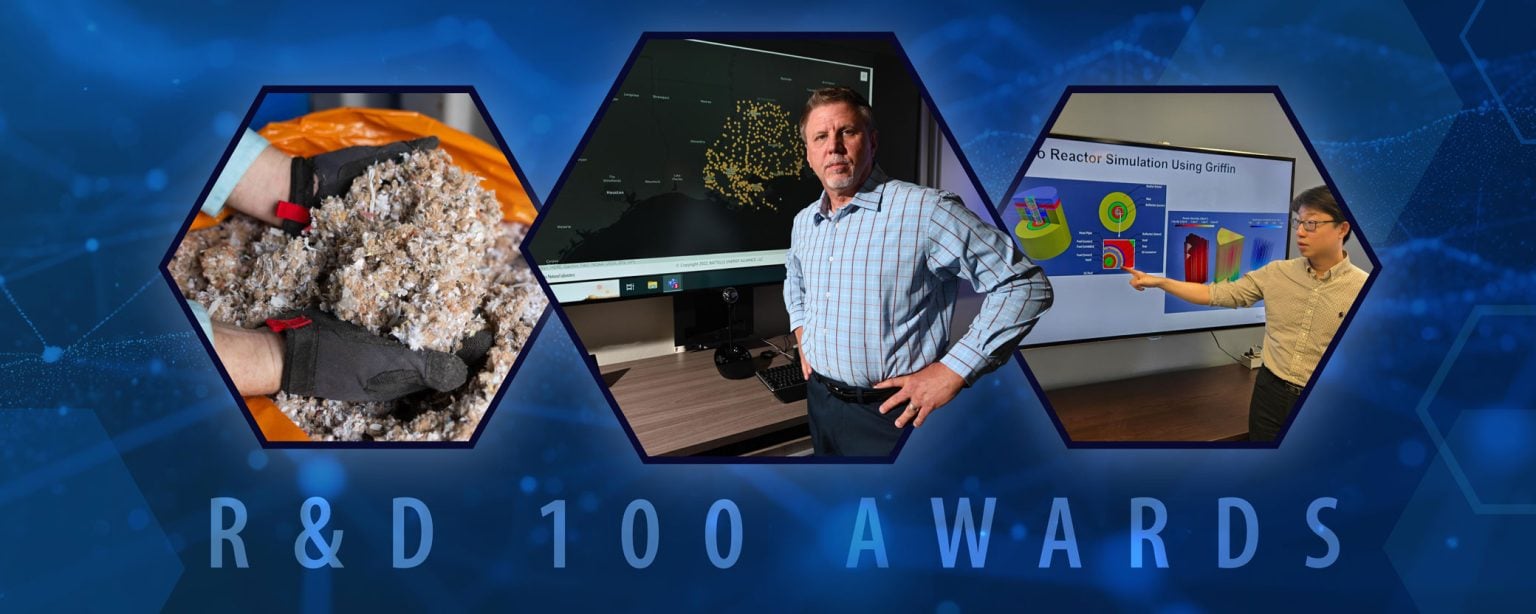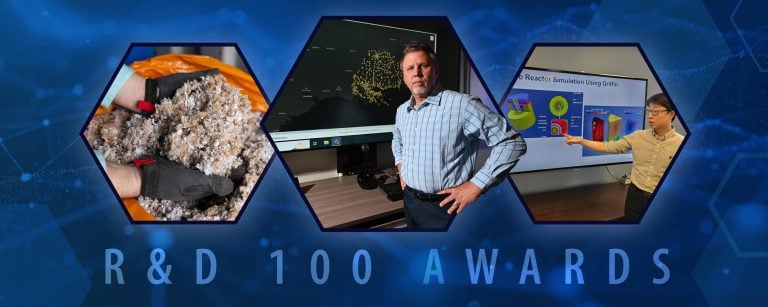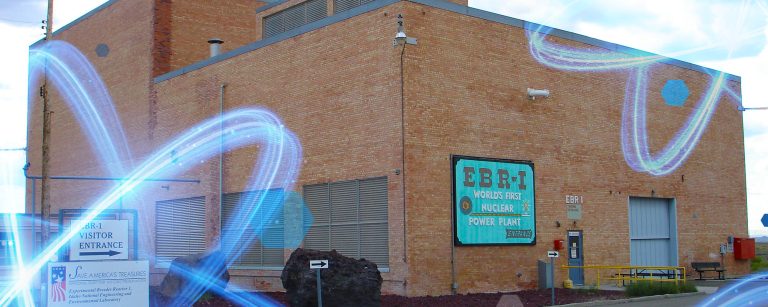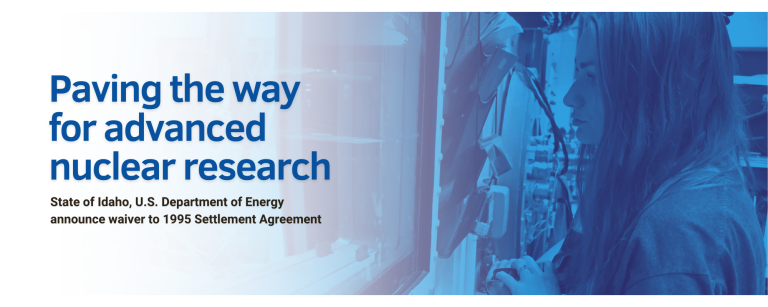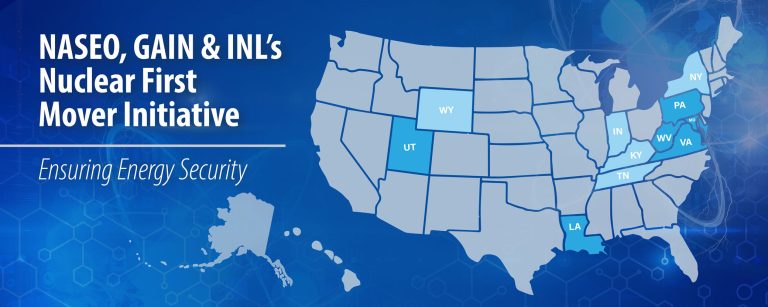(IDAHO FALLS, Idaho) – Two technologies developed at the Idaho National Laboratory (INL) have been named as winners for the 2025 R&D 100 Awards, sometimes referred to as the “Oscars of innovation.”
Since they were established by R&D Magazine in 1963, the R&D 100 Awards have identified and celebrated the top technology products from the public and private sectors. It is the only competition that recognizes new commercial products, technologies and materials for their technological significance and potential impact. The U.S. Department of Energy’s national laboratories typically have dozens of finalists every year.
“At INL, we are dedicated to developing and demonstrating science and technology solutions that positively impact human lives,” said INL Director John Wagner. “I’m extremely proud of our R&D 100 finalists. This recognition is a distinguished testament to their exceptional contributions and well-deserved acknowledgment of their innovative work.”
The following winners from INL were announced Aug. 20 and will be recognized in November at a banquet in Scottsdale, Arizona:
Storm-DEPART (principal investigator: Mary Klett)
Storm-DEPART is a tool designed to help utilities and industry predict and manage the impacts of major hurricanes. It leverages advanced meteorological data and machine learning algorithms to forecast storm paths and intensities with greater accuracy. By integrating real-time satellite imagery, historical weather patterns and oceanographic data, Storm-DEPART provides early warnings and risk assessments to help communities prepare and respond more effectively. Its user-friendly interface allows emergency managers to visualize potential impact zones, allocate resources efficiently and execute evacuation plans promptly. The tool continuously updates as new data becomes available, ensuring that predictions remain relevant and actionable.
Griffin (principal investigators: Javier Ortensi, Changho Lee [Argonne National Laboratory])
Griffin is a multiphysics modeling and simulation tool that operates off the underlying physics that govern actual interactions in the extreme environment of a nuclear fusion reactor core. It uses advanced computational models to predict how neutrons behave within a reactor’s breeding blanket. This is crucial in advancing fusion technology, as it converts neutron interactions into tritium fuel, essential for the fusion process. Griffin’s simulations are vital in identifying potential problems and mitigating risks, ensuring that fusion reactors can operate efficiently and safely.
INL also had one technology announced as a finalist:
ReNuFiber (principal investigator: Kristan Egan)
ReNuFiber is a sustainable, high-performance alternative to traditional insulation that addresses major environmental and economic challenges by turning nonrecyclable plastics, textiles and wood into high-quality thermal insulation for residential and commercial buildings. Materials that would otherwise go to landfills are hammer-milled and shredded to specific particle sizes then mixed with additives that enhance fire resistance and antimicrobial properties. The insulation boasts an R-value of 4.71 per inch, making it superior to blow-in insulation available on the market. It can be used in existing insulation systems without modifications, eliminating the need for additional training or new installation tools.
NEWS MEDIA CONTACTS:
Joel Hiller, (801) 597-6030, [email protected]
Sarah Neumann, (208) 520-1651, [email protected]

